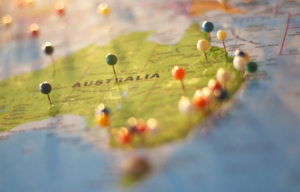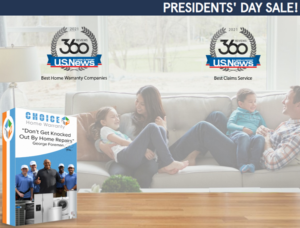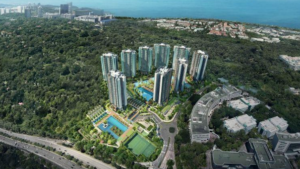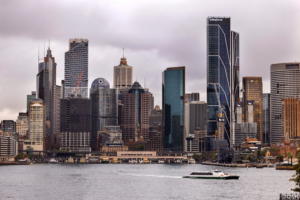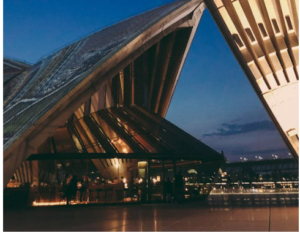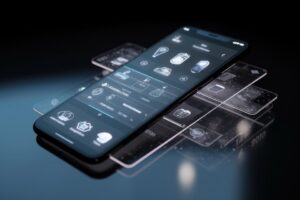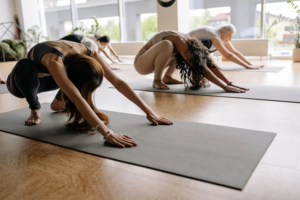10 Things to Remember While Designing Shopping Malls & Complex
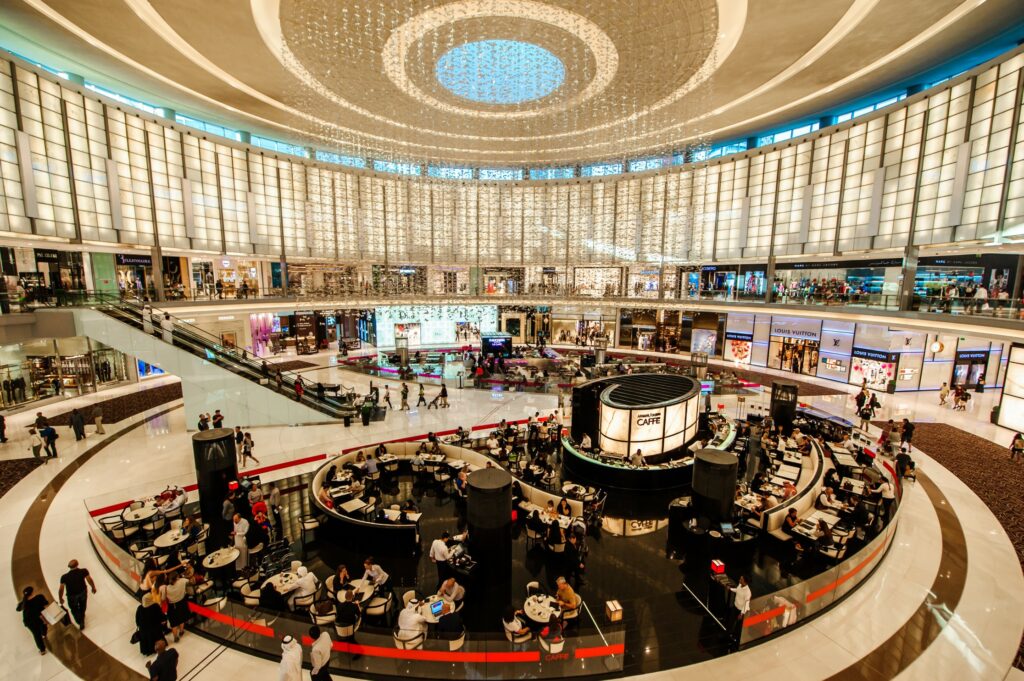
Shopping malls are America’s greatest contribution to the world economy. It gives consumers the benefit to choose from the infinite choices of merchandise spread across vast categories. But nowadays, malls are much more than just avenues for shopping and conducting business. Akin to how the internet has brought people virtually close to each other, social spaces like megastores, and giant shopping malls are such physical spaces that help people reconnect with each other. It is a place where people love to spend their time, mainly for 3 reasons – entertainment, dining, and leisure.
Also Read:- A Ultimate Guide to Urban Street design
These malls are endowed with entertainment spaces like game rooms and gaming arenas, movie theaters, multiplexes, book shops, etc., leisure spaces like spas, saunas, salons, massage centers, etc., eateries including fine dine restaurants, fast food corners, dessert points, coffee shops, etc. Ask anybody and you will be told that one of the ideal rendezvous places is most commonly the mall! Proper planning is necessary for the provision of these spaces by blending them into the grandeur and spirited environment.
The following are some points that need to be emphasized while designing a shopping mall.
-
Know your Market
Market analysis helps in determining whether the surroundings will support the mall or not. It is important to learn about the competition in and around the locality (or in some cases, the entire city). It gives clarity of what kind of spaces should be created in a mall, what retailers must be invited, or what elements should be added to make it a landmark location.
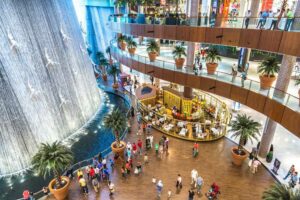
Example – Dubai Mall, Dubai, UAE.
The largest mall in the world, this mall includes more than 1200 shops, 120 restaurants, and numerous small eateries. But the main reason this mall is so famous that even international tourists visit it are the attractions in the mall and its location. Acting as a gateway to the great Burj Khalifa, it houses the Dubai Aquarium and Underwater Zoo, Rainforest Café, Hysteria Haunted House, Olympic sized Ice Skating rink and many other entertainment zones. Its grandeur is enhanced due to the Dubai Water Fountain that lies exactly at the entrance of the mall.
-
Site design
Site design majorly includes orientation and layout of buildings, circulation and parking layout, landscaping, water supply, drainage retention, and various other elements. The quality of the pedestrian environment should be considered as a central defining aspect of the site layout and design theme for all types of commercial centers.
Example – Downtown, Palm Beach Gardens, Florida
This mall is a good example of site planning. It is very well oriented towards the lake keeping up the visual connectivity among development components both on and off-site. The parking is very well arranged and various buffer zones have been provided between built and unbuilt spaces.
-
Cater to the Parking requirement more?
Accurate parking layouts should be a significant part of the design development procedure. In case of insufficient site area, basement parking is always preferable. It should be planned according to the orientation of the mall structures so that the vehicular and pedestrian movements are in the same direction. Valet services are becoming an important amenity in many malls these days. In addition to this, landscape islands and medians, as well as interconnected networks of pedestrian walkways should be designed as an integrated component of the parking lot layout.
Example – Bella Terra, California
Bella Terra is an outdoor shopping center that was built in 1966 known as Hurlington Center. It was shut down for some reason and reopened as Bella Terra. Along with the open parking lot that existed from 1966, this mall also has a separate parking structure to overcome the parking needs.
-
A grand entrance
The building entrance is an important feature that provides a transitional element between the inside and outside functions. It creates the first impression of the space a person is about to enter. Hence, its design should be given great thought. For example, a water fountain, or a well-lit mural displaying the theme of the mall can be used to exhibit the grandeur of the mall.
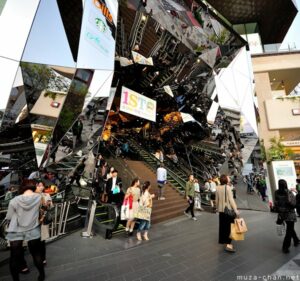
Example – Tokyu Plaza Omotesando, Tokyo, Japan.
This mall has several retail stores housing international brands along with a rooftop terrace garden with lush green trees, steps surrounding the skylight, and countless seating areas filled with greenery. But the focal point of the mall is its kaleidoscopic entrance tube that leads the crowd to upper floors. The tube is a great mirrored space to see fashionably costumed people reflect repetitively like colorful objects in a kaleidoscope.
-
Create a space that invites all categories of people
This is an essential requirement as the mall should cater to all types of people, including the disabled. Provisions should be made from the parking to the top level of the mall to make it disabled-friendly, thereby promising the specific demographic, comfortable, and surreal experience of the mall. Ensuring that the mall caters to all age groups and diverse interests will help in increasing the footfalls as well as increasing spends per person.
Example –mall Of America, Bloomington, Minnesota
Built on the historical site that housed the Metropolitan Stadium where the Minnesota Vikings and Twins used to play, this amazing Small houses more than 500 stores along with many activities like LegoLand, Nickelodeon Universe theme park, Sea Life Minnesota Aquarium, etc. The mall also houses 14 movie theaters, including one that features D-Box Motion Seats. Due to the many attractions in the mall, it is one of the well-known malls in America that draws approximately 40 million visitors per year.
-
Depending on retail stores only to draw traffic
In this era of online shopping, it is not possible to expect people to come to malls only for shopping merchandise. The primary reason people visit malls these days is to spend some leisure time. Hence restaurants, multiplexes, play areas, gaming arenas, etc. are the basic requirements a mall must-have. Apart from this, many malls have large indoor amusement parks, aquariums, casinos, snow worlds, and theme parks, etc. which enhance the footfall of the mall.
Example –berjaya Times Square, Kuala Lumpur, Malaysia
Berjaya Times Square is the fifth-largest building in the world. The Kuala Lumpur mall has over 1,000 shops, 65 eateries, and a huge offering of entertainment attractions, including Asia’s largest indoor theme park, Cosmo’s World that occupies 5th to 8th floor of the building and Malaysia’s first-ever IMAX 2D & 3D theater.
-
Connect the spaces
When the site is small, the connectivity of spaces is easily manageable. But in large sites where there are numerous buildings and distributed parking, connecting the dots becomes a bit critical. But it can be solved by providing simple road layouts and circulation pathways, shuttle bus or go-kart services in the site, clear signage, and sidewalk connections.
Example –the Grove, Los Angeles
The Grove is situated near the Farmers Market and is designed as a traditional outdoor marketplace. It displays beautiful facades of the Art Deco style influenced by classic historic districts, with shopping alleys, broad walkways, huge public plazas, and intimate courtyards. The walkways are completely pedestrian-friendly and there are trolley rides available to cover the distance from the Grove to Farmers Market.
-
Sustainability – an important ingredient in the mix
Energy-efficient buildings are the need of the day, especially malls, where there is a high requirement of lighting, air conditioning, and ventilation, which leads to large amounts of carbon emissions. Sustainability should be a key priority while planning the mall. Green roofs, solar panels, low carbon building materials, etc. are some of the many options that are used to minimize the carbon footprint of the building.
Example –Burwood Brickworks, Melbourne, Australia.
Tagged as the world’s most sustainable shopping center, this suburban retail precinct has 2000 sq. m. of urban rooftop farms with abundant plantations of vegetables, fruits, and other herbs, which are used by the restaurants while the excess is sold to the public. It also has a rooftop solar panel system, along with natural light and ventilation through huge skylights. To eliminate toxic materials from the building, all PVC elements are being replaced with other alternatives like hardwood.
-
Building envelope design
Shopping malls are not just buildings; they represent the locality or the surroundings. Hence, they are now more than just a block of glass. With the innovations that have developed in the façade designs since the last decade, building envelopes have become advanced, aesthetically, and sustainably.
Example –Galleria Center City, Cheonan, Korea.
Galleria Center city is a departmental store with multifunctional facilities. It has simple planning with visual and spatial connections, but the main highlight is the extraordinary elevational treatment. The double-skin glass façade comprises an outer shell and inner skin, both featuring linear patterning from the vertical mullions. The layered profiles generate a three-dimensional depth and a trompe l’oeil effect which changes depending on the viewpoint. Strategic façade openings bring daylight into the interior while the outer layer blocks direct sunlight from entering the building.
-
Wow! Factor
There should be an element of surprise which becomes an identity for the mall. It can be a part of the interior decoration, the building entrance, or an extraordinary activity for leisure. It should not just be a feature, but an experience for the people. Very few malls have extravagant features that have increased the count of people by a large margin.
Example – West Edmonton Mall, Canada
One of the largest malls in Canada, this mall has several attractions other than its 800 stores and 100 dining outlets. The main feature is the World Water Park, with the world’s largest indoor wave pool. Along with this is Galaxyland – the indoor amusement park, Ice Palace – an NHL regulation-sized ice rink, a large-scale replica of the Santa María, one of the ships sailed by Christopher Columbus in 1942, and many other fascinating elements.

